LATEST INSIGHTS
Your Present Location: LATEST INSIGHTSVeteran Chinese historian Tan Chung seeks to overturn the concept of `sinocentrism’ with new book `China: A 5,000-Year Odyssey’
Source: Global Times Published: 2017-11-23
Veteran Chinese historian Tan Chung seeks to overturn the concept of `sinocentrism’ with new book
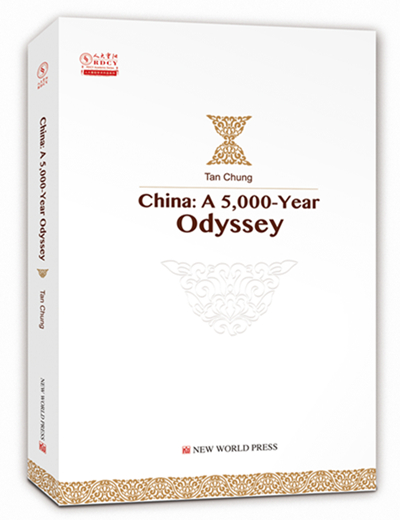
China: A 5,000-Year Odyssey Photo: Courtesy of New World Press
Recognizing that China has never been a monoethnic nation would be a good step forward to moving past the "sinocentric" view of China proposed by Western experts, 88-year-old US-based historian Tan Chung suggests in his new book China: A 5,000-Year Odyssey.
"In my opinion, the kind of arrogance previously exhibited by China was `civilization-centric` rather than `ethnocentric,`" Tan writes in the book.
Tan is an authority on Chinese history and Sino-Indian relations. Born in 1929 in Malaya (now Malaysia), he is the eldest son of Tan Yunshan (1898-1983), the founding director of the Department of Chinese Language and Culture, or Cheena-Bhavana, at India`s Visva-Bharati University. His family later moved to China when he was still a child. At age 25, he went to study and teach at universities in India, where he worked for more than four decades. Now retired, he lives in the US.
Taking aim at the West
"Decades of direct and indirect dialogues with international China experts created in me a strong urge to write a book that tells the story of China," Tan writes in his book, which was published in English and Chinese by China`s New World Press in November.
"Overseas scholars who study India read books written by Indians and those who study France prefer books written by French, but when it comes to China observers, they seldom read books written by Chinese," said Tan at the book`s launch ceremony on November 14.
Tan said he felt that one of the reasons for this is that many English works written by Chinese scholars didn`t fit with the style that English readers were used to, so he decided to throw his hat into the ring to fill in the gap.
In the book, Tan delves into Chinese history and civilization, starting from the Xia Dynasty (C.2070-C.1600BC) and going all the way to modern China, trying to rebuild China`s misunderstood image. By clarifying misunderstandings and quoting Western experts from time to time, the author refutes popular theories such as the sinocentrism (that suggests China considered itself the center of the world) proposed by renowned China experts such as John King Fairbank.
But why did he choose to take a cultural angle in order to refute sinocentrism?
"Culture is the basis of everything," Tan told the Global Times, noting that renowned China experts such as Fairbank used Chinese culture - "though there are distortions in there" - to build up their sinocentrist theories, Tan noted.
To make the book`s English version more reader-friendly, the historian made adjustments by cutting out lengthy quotes from Chinese classics and spending more pages explaining more about cultural specific terms that are sometimes misinterpreted by foreign writers.
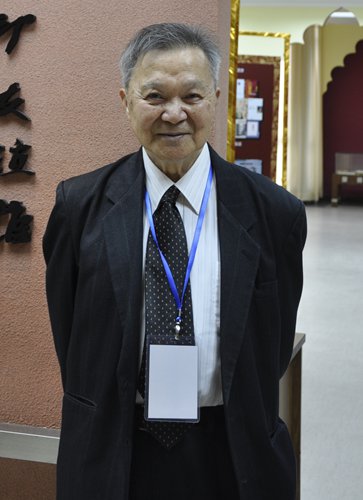
Tan Chung Photo: Courtesy of New World Press
Nothing to fear
"To love China" is the main message the author tries to convey to his readers via this book.
"China should be loved, not feared, let alone being hated," Tan told the Global Times at the ceremony, adding that media reports always send a message to the West that China is powerful and terrifying, which makes people fear the country.
To turn things around, Tan tries to tackle cultural specific terms such as Zhongguo (China) from the perspectives of archaeology, art and history. In Western works, Zhongguo is literally interpreted as "The Middle Kingdom," an interpretation that helped propagate the theory of sinocentrism. But in Tan`s opinion, the term originated as an inscription on a Zhou Dynasty (1046BC-256BC) bronze vessel as just a "specific description of the state directly ruled by the Son of Heaven, which later extended to all of China, not indicating that China was the center of the world."
Tan also suggests in the book that China took a different path during its development that sets itself apart from the "nation-state" path taken by many Western countries that often highlights an ethnocentric mindset, such as the former British Empire.
"As a no `nation-state,` China had consistently eliminated ethnic identities and differences," writes the author, pointing out the fact that China, under the rule of various ethnic groups during its long history, became an inclusive "common entity" as it evolved.
Tan told the Global Times that though the book was originally written for English-speaking readers, Tan feels that Chinese readers, especially those who may have limited knowledge about Chinese history, also need to read it, which is why he decided to make a Chinese version as well. He also noted that Indian English and Korean versions are on the way.
`Himalaya Sphere`
Tan also brings up the concept of the "Himalaya Sphere" in China: A 5,000-Year Odyssey. The term refers to a geographic area that encompasses the entire continental South Asia and Southeast Asia as well as a large part of the valleys of the Yangtze and Yellow rivers, Central Asia and West Asia with the Himalayas at its center.
A cradle of the Wushan Ape Man and Hoshangabad Ape Man - two of the world`s earliest humans ever discovered, Tan suggests the area should also be regarded as one of the world`s key birthplaces of human civilization.
Among countries in the Himalaya Sphere, India and China specifically are closely related in terms of culture, Tan told the Global Times. For instance, bronze man-shaped sculptures unearthed at Sanxingdui, a major archaeological site located in Southwest China`s Sichuan Province, carry prominent Indian characteristics.
Moreover, Tan pointed out many Chinese images of gods and goddesses came from India. For example, Xi Wangmu, or Queen Mother of the West, is actually Uma, wife of Shiva, one of the principal deities of Hinduism.
"The concept Himalaya Sphere should always be emphasized," Tan said, and by extension the friendship between China and India.
"Circumstances seem to have molded me into an intermediary between Chinese civilization and Indian civilization, and promotion of China-India cultural friendship and understanding has become part and parcel of my career," Tan writes.
Tan Chung is a senior fellow of Chongyang Institute for Financial Studies, Renmin University of China.
Key Words: China; Odyssey; Tan Chung
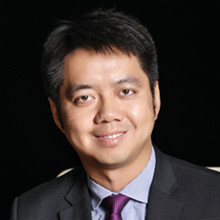
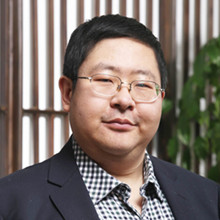
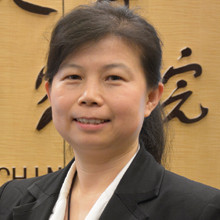
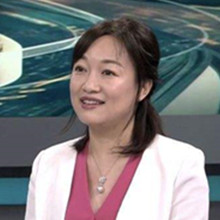
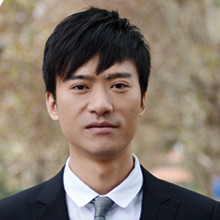
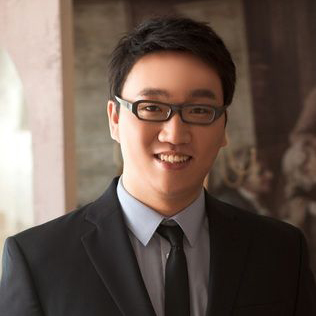
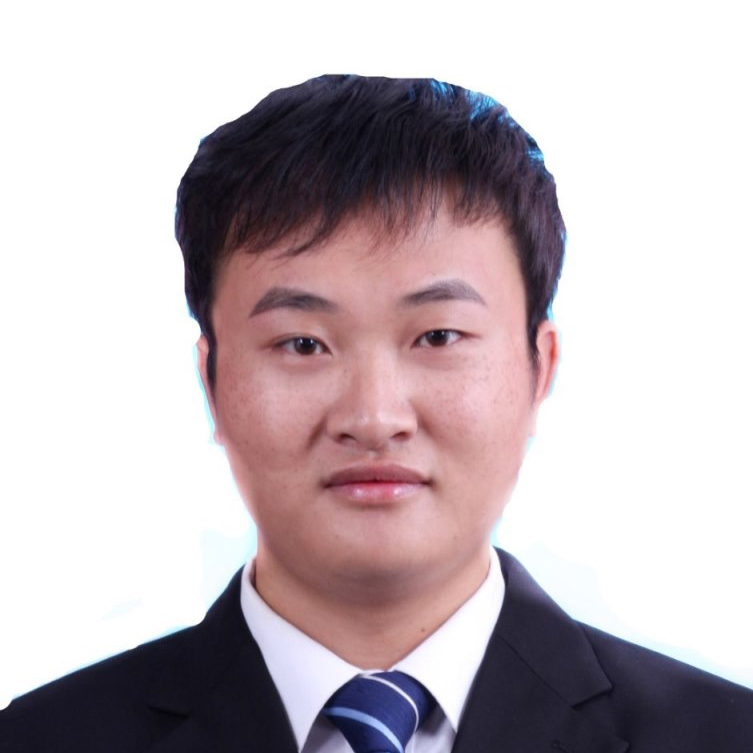
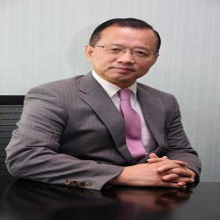


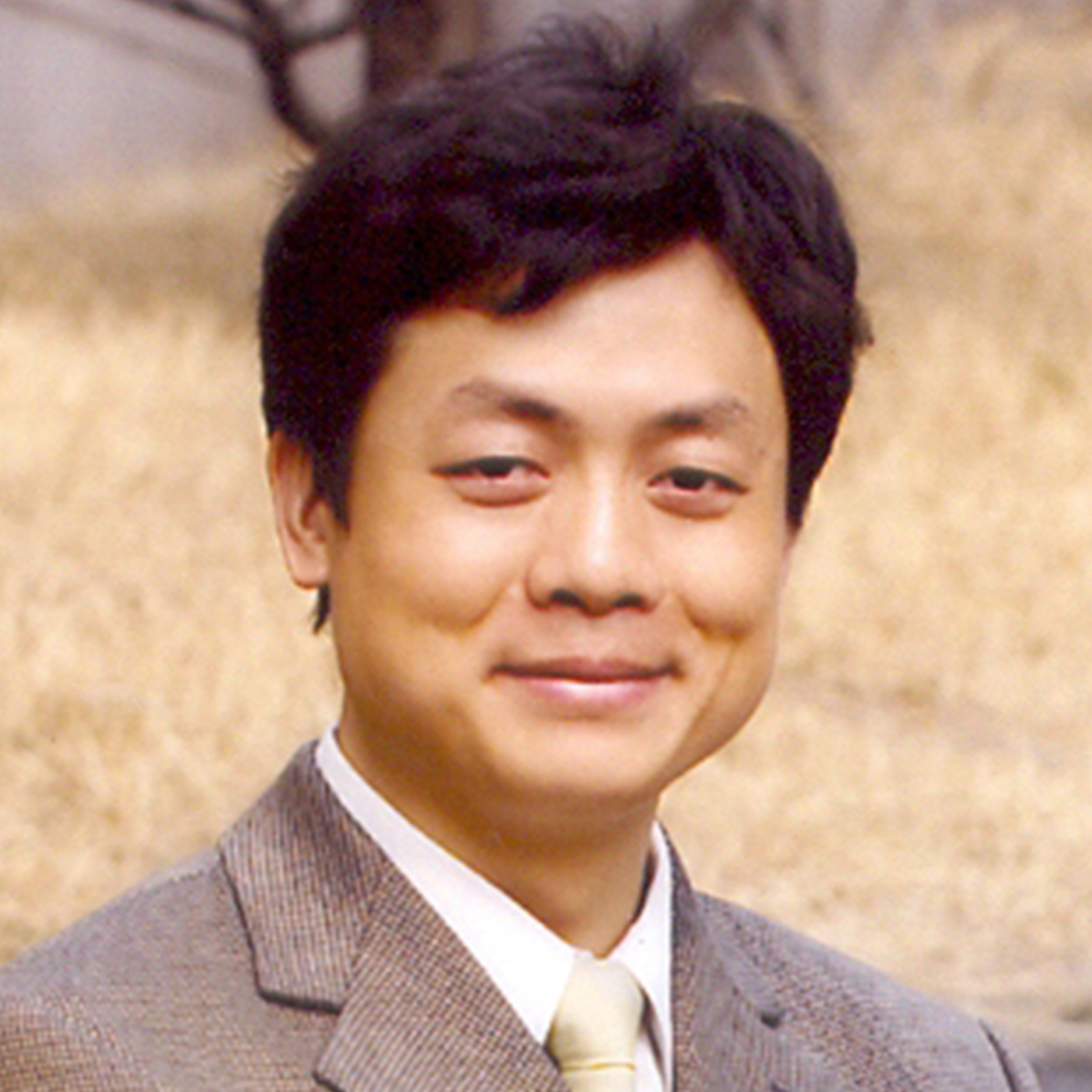

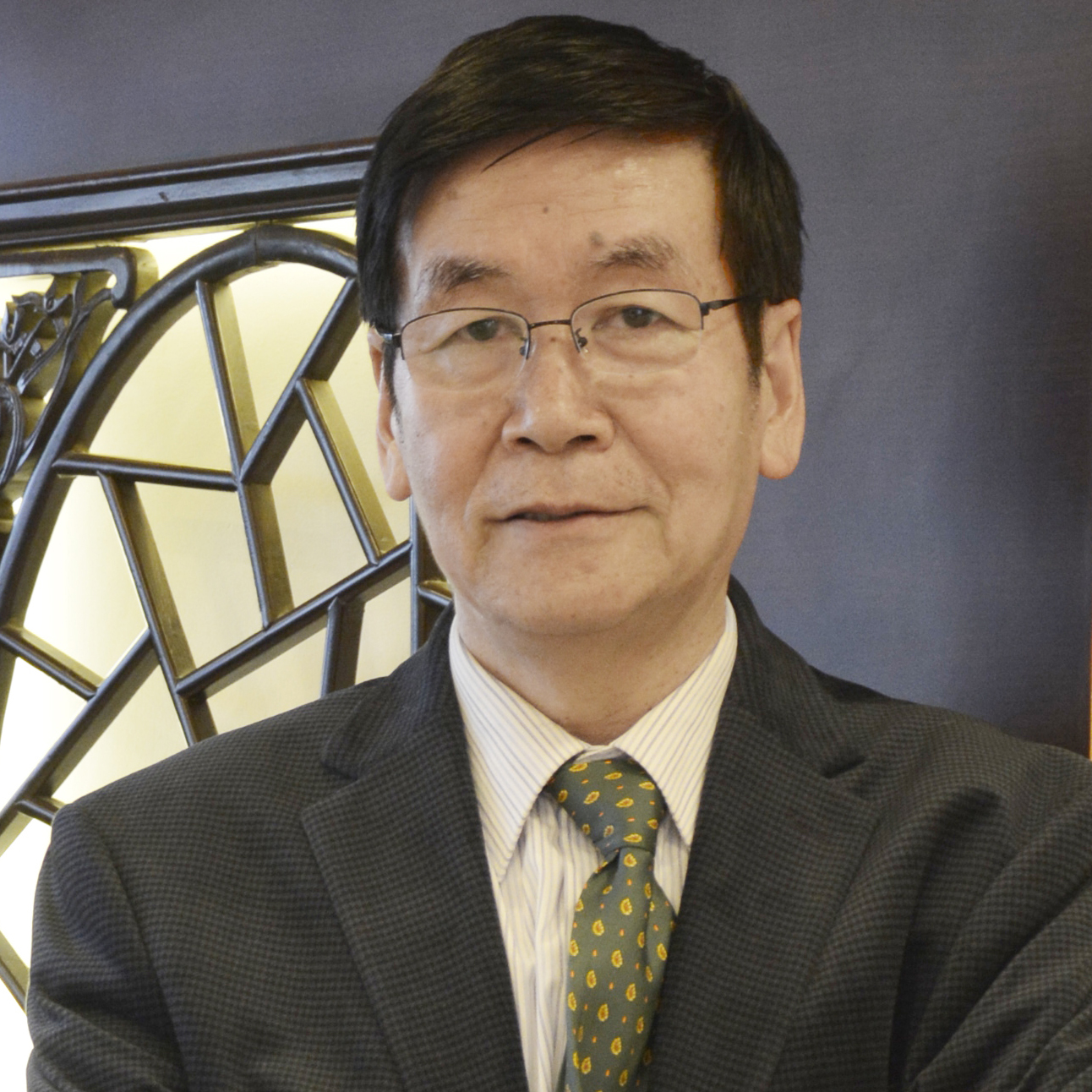
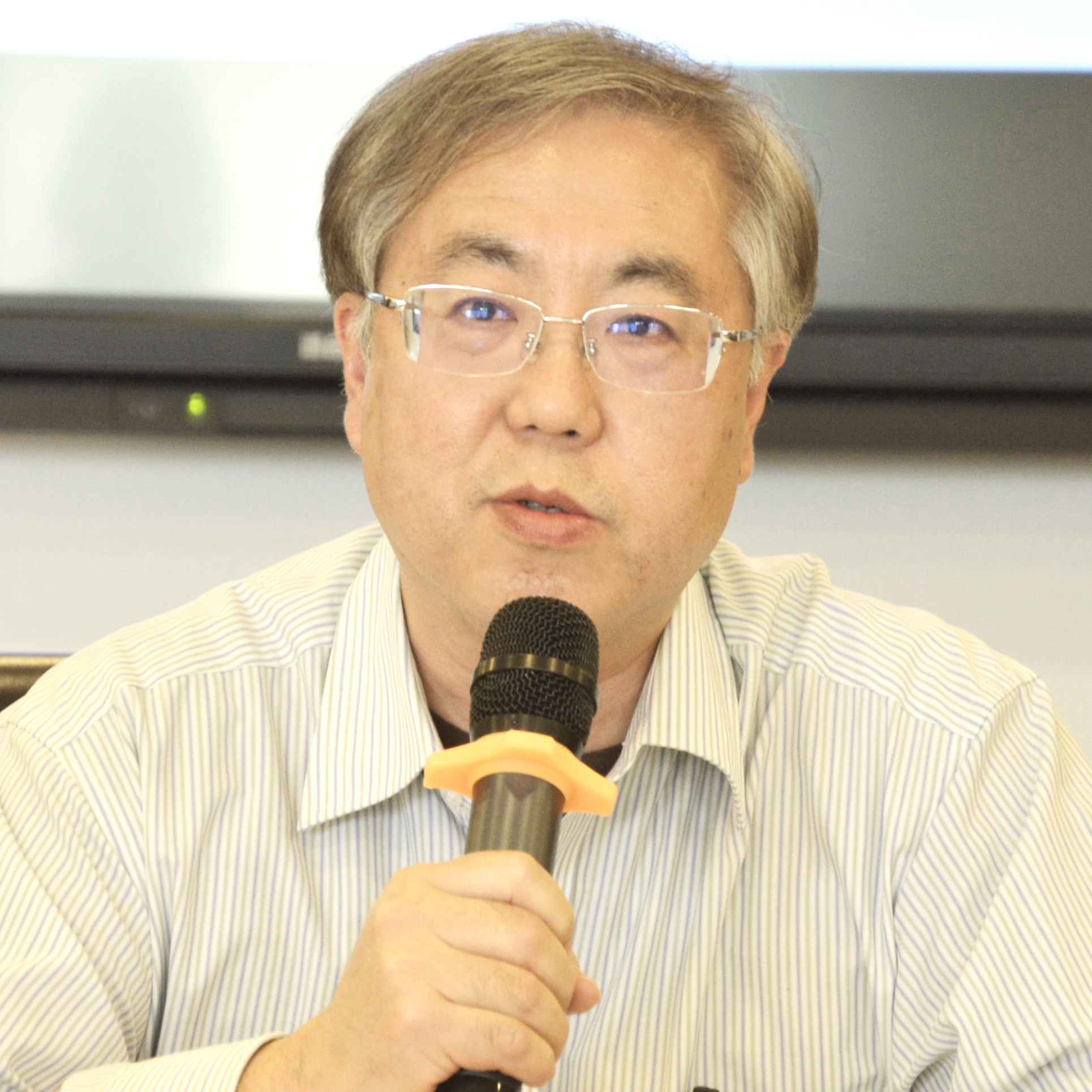

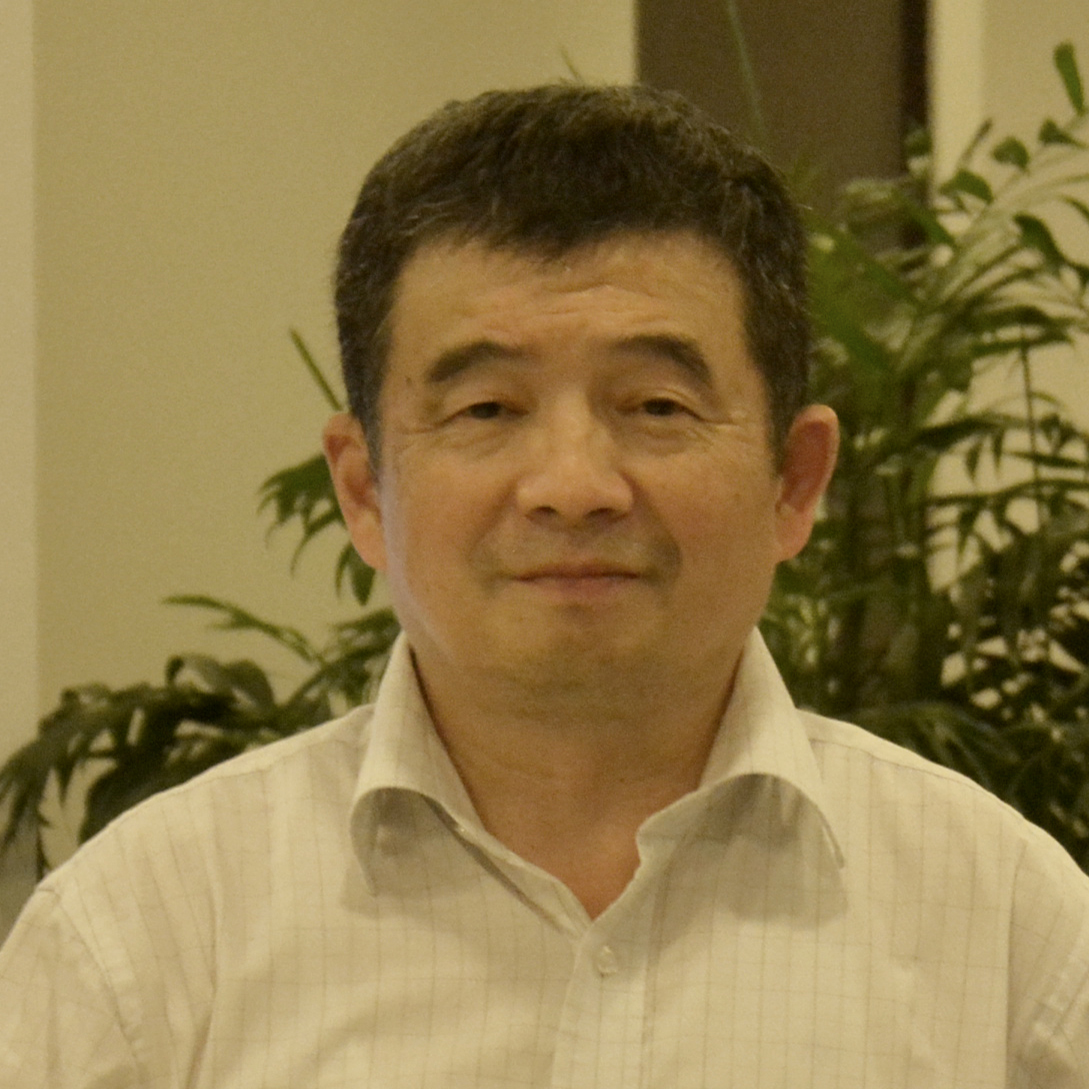
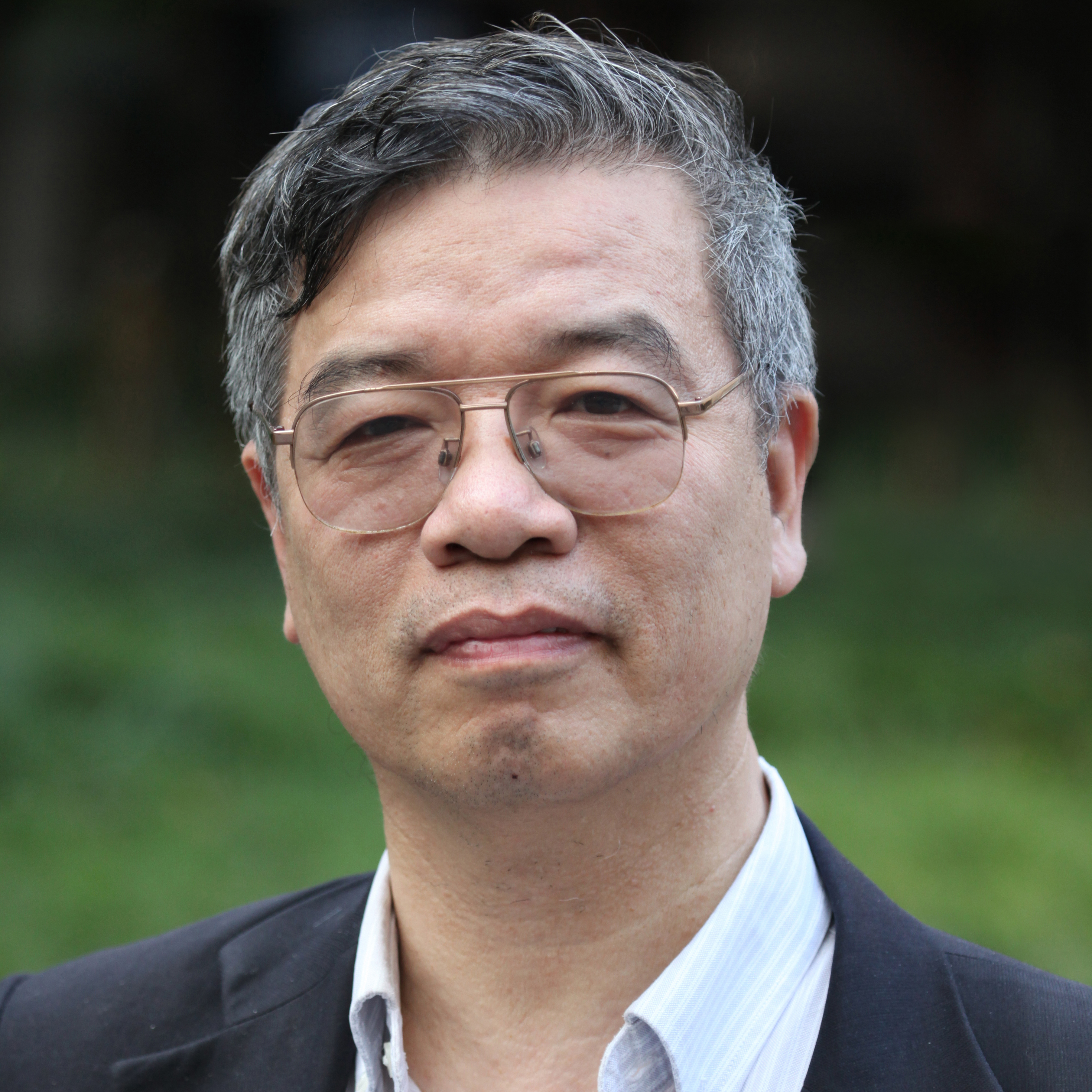

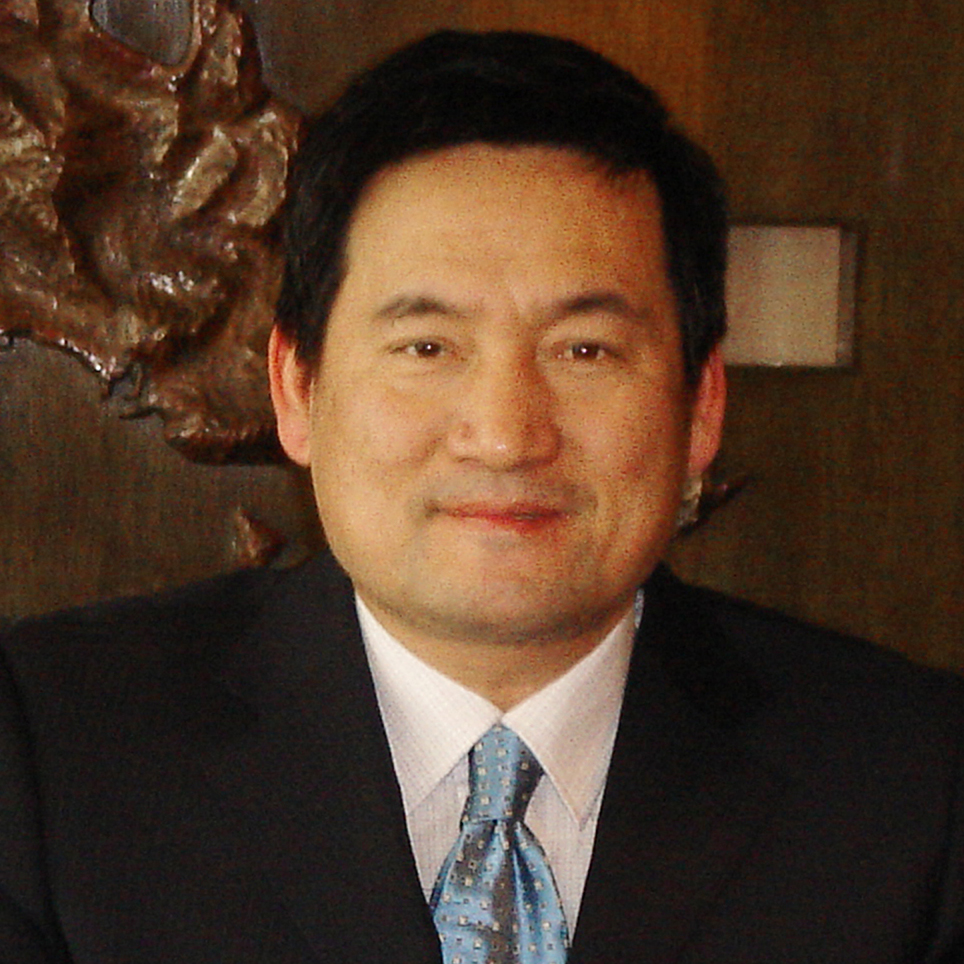


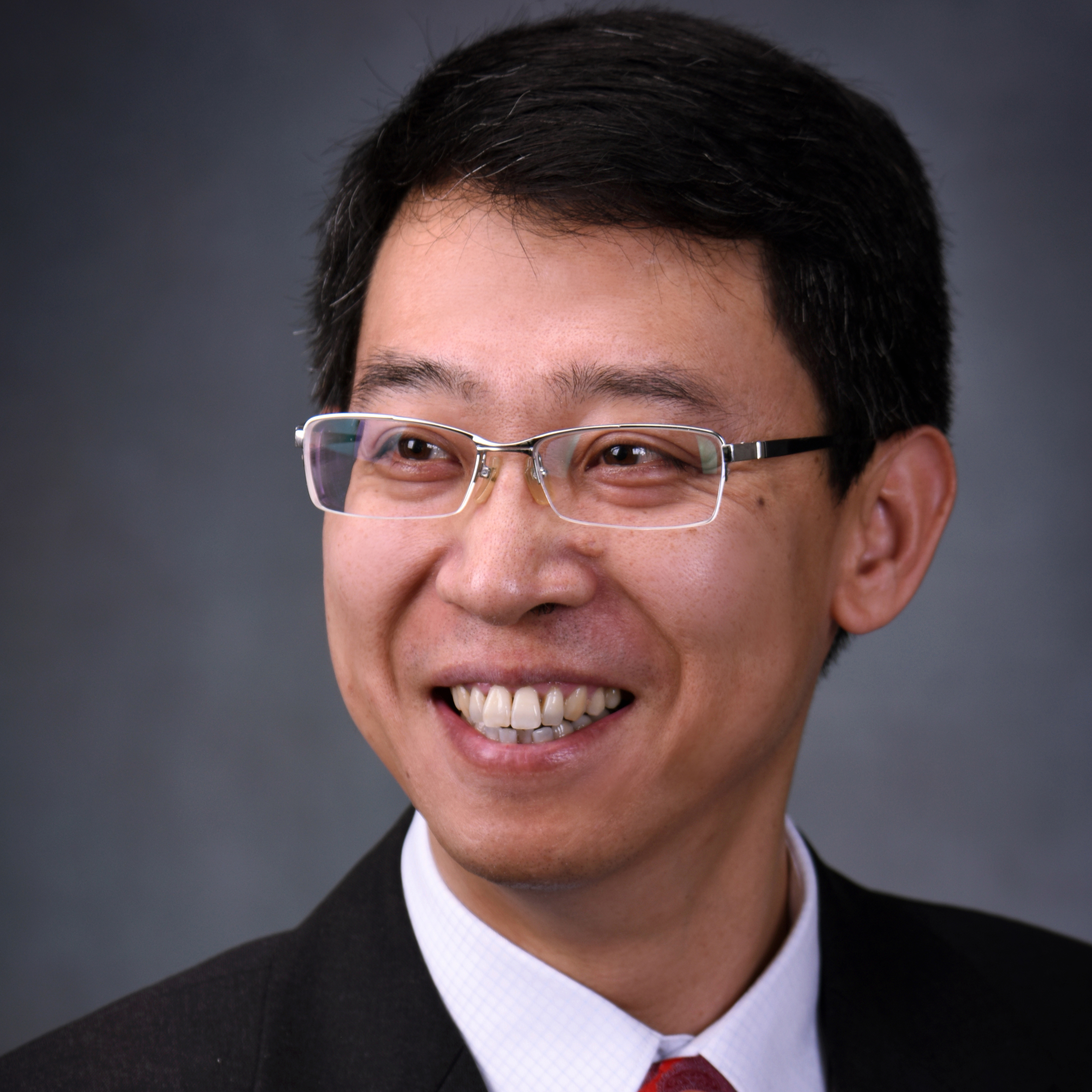



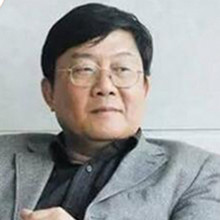

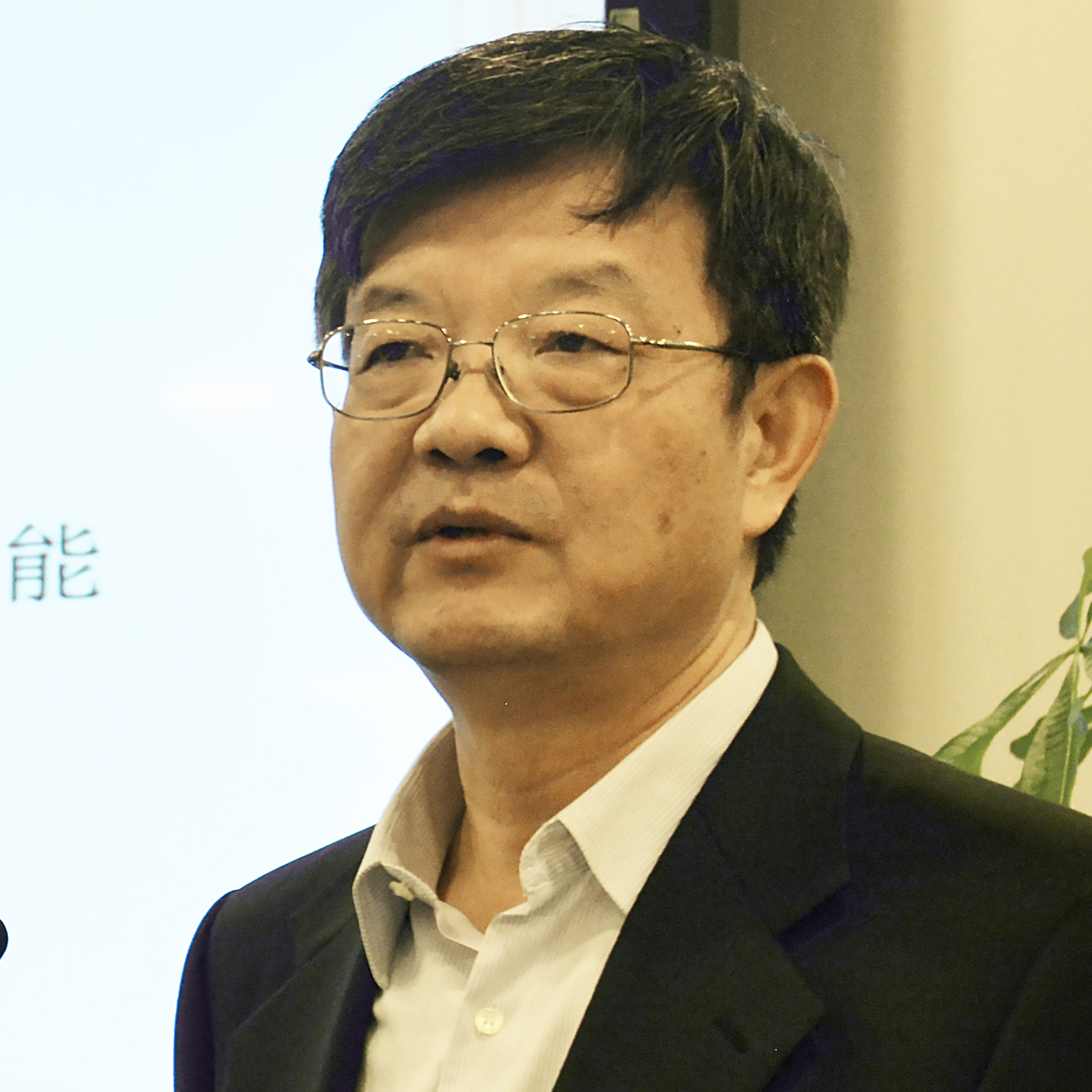
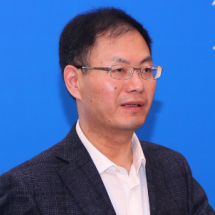
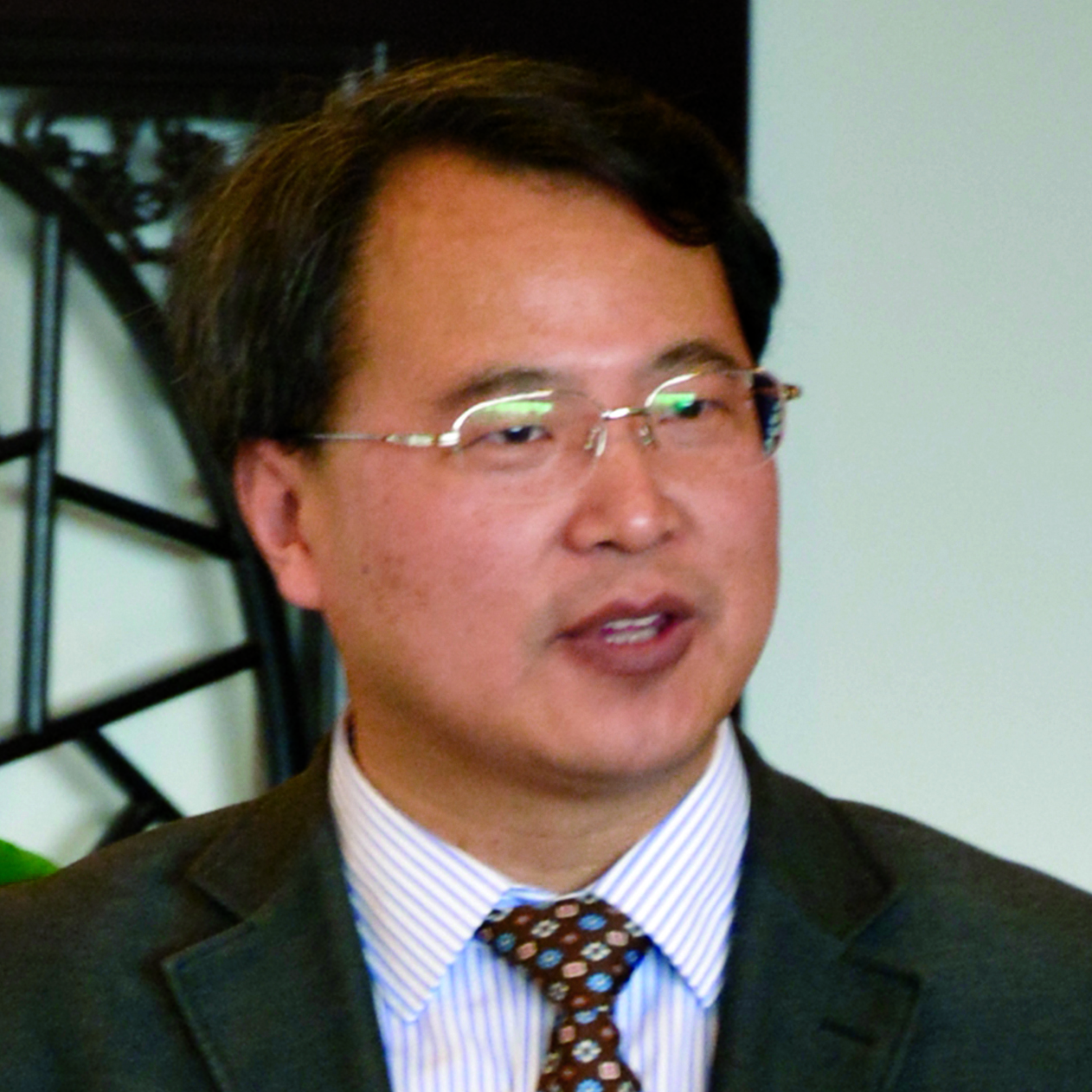
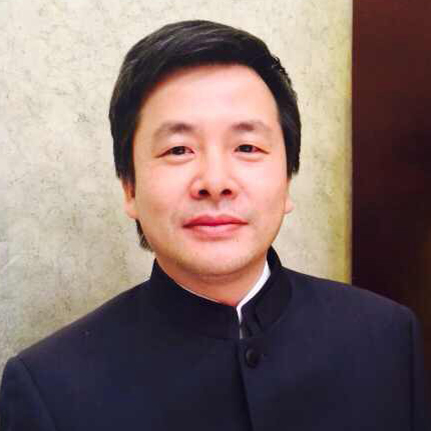
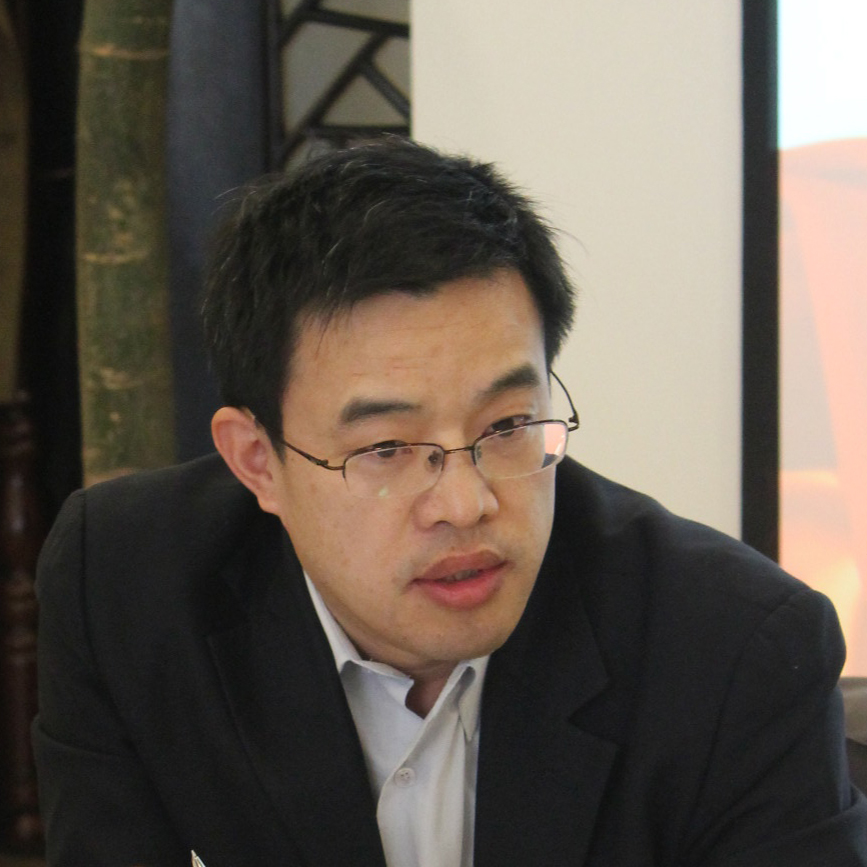
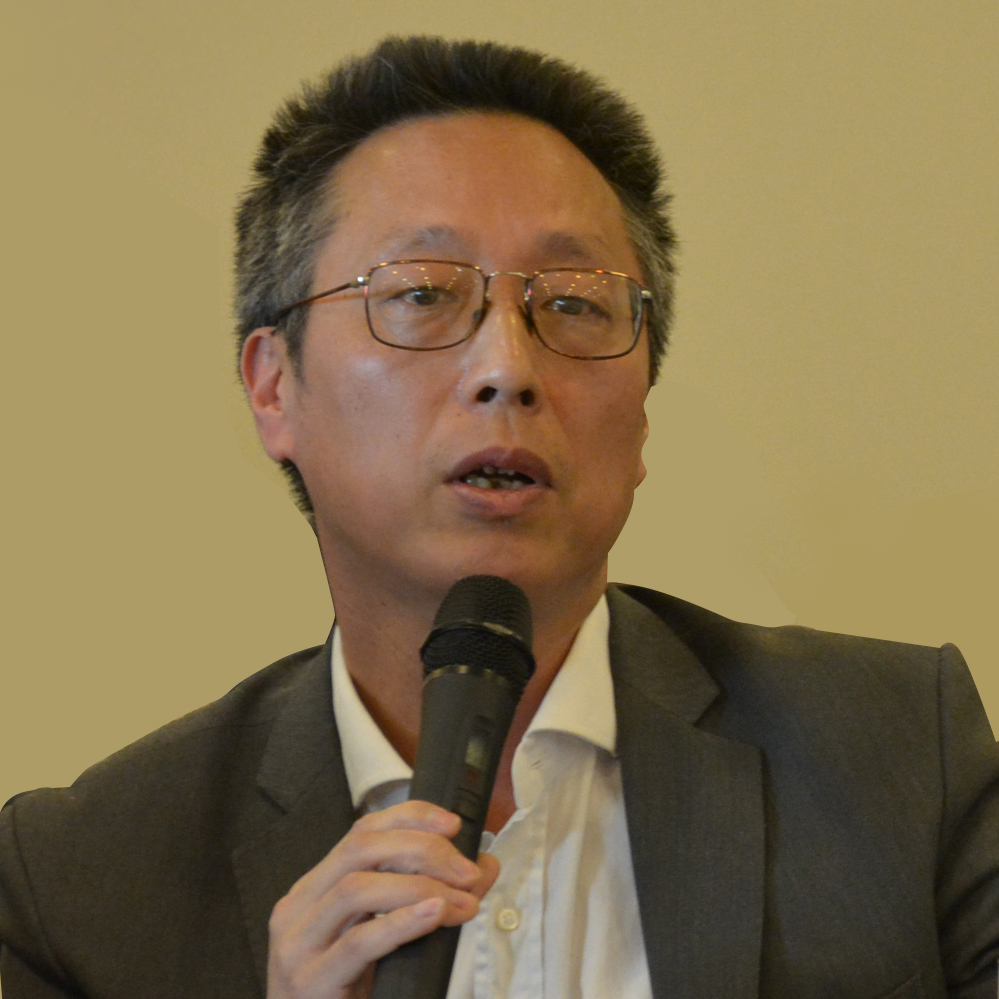
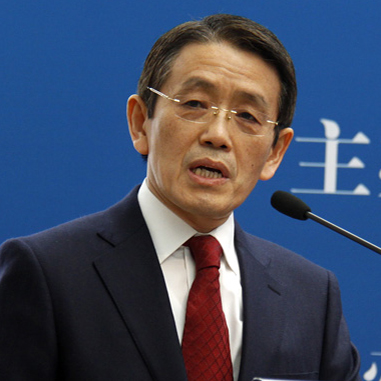
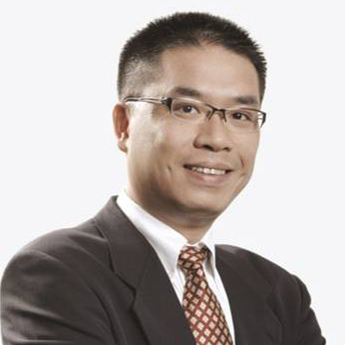
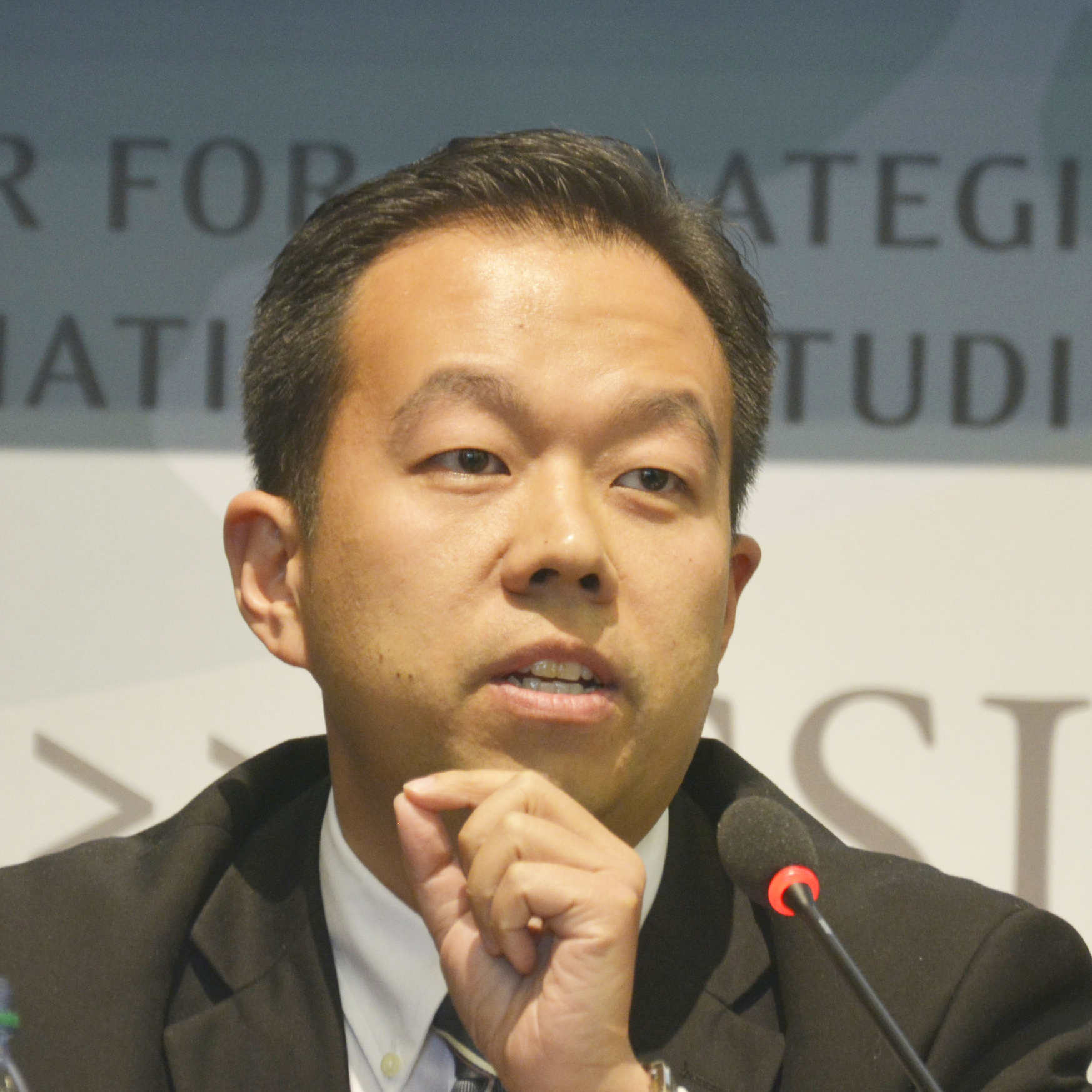
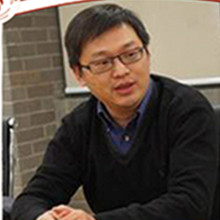
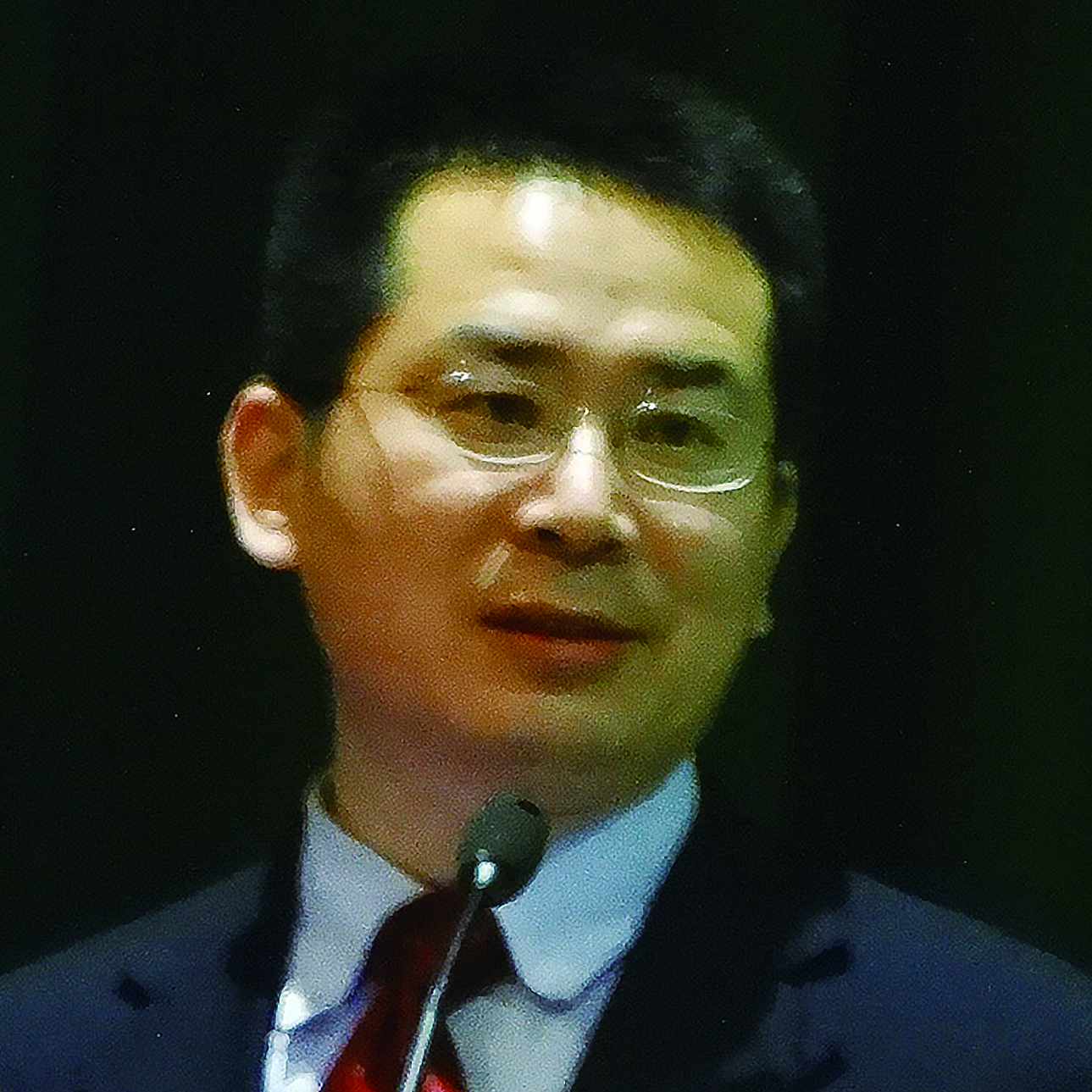
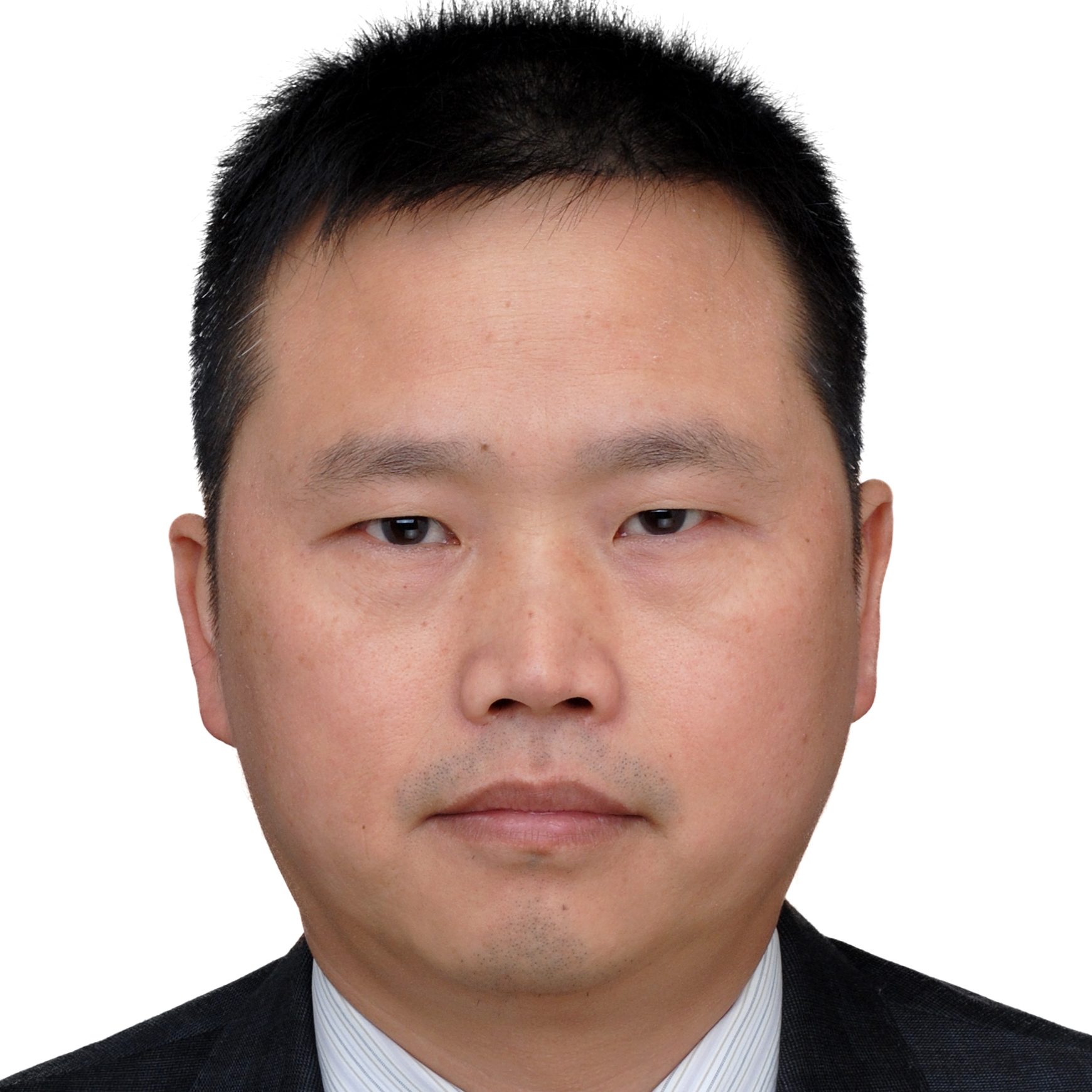
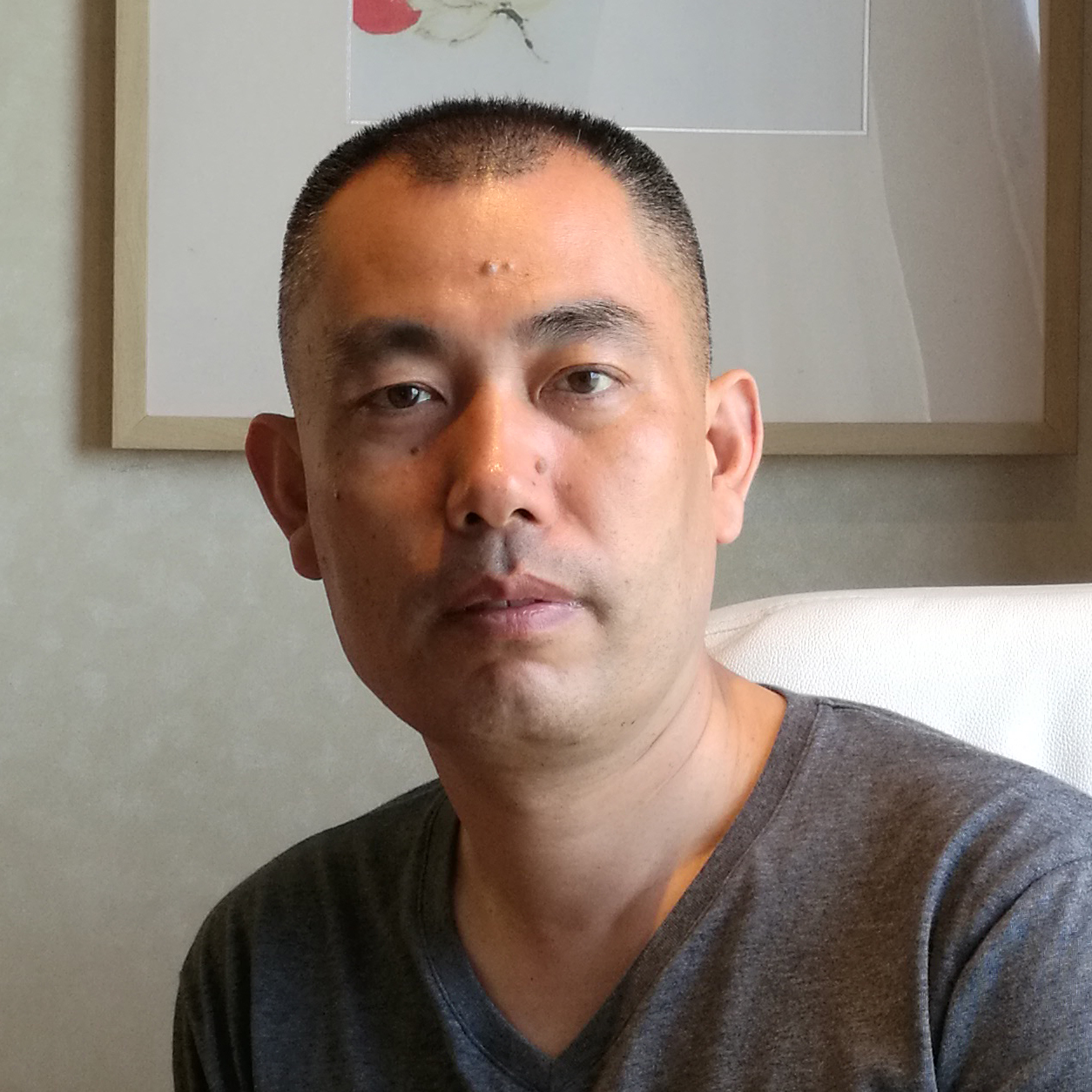
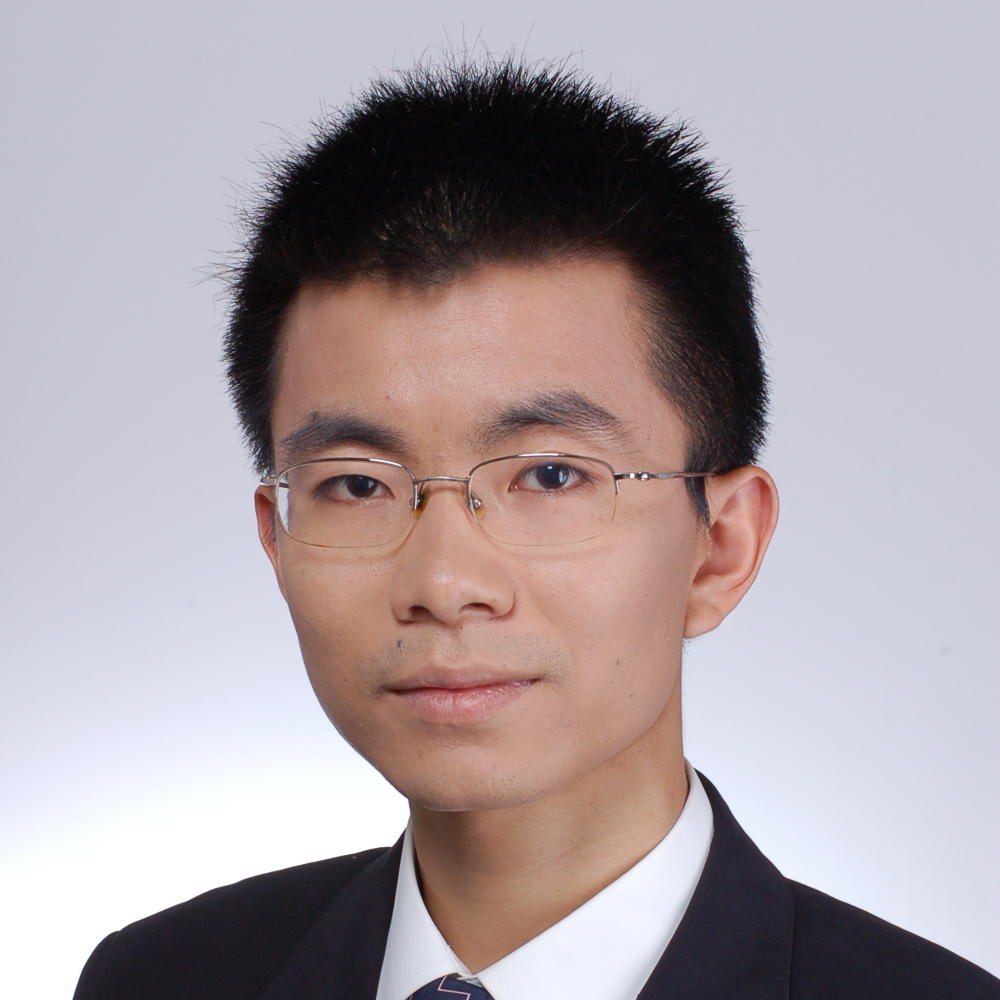
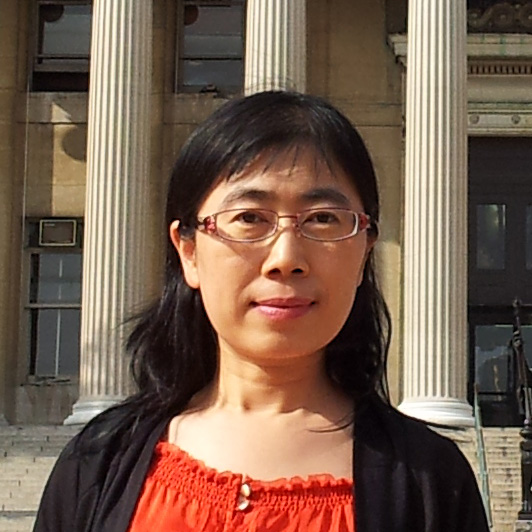
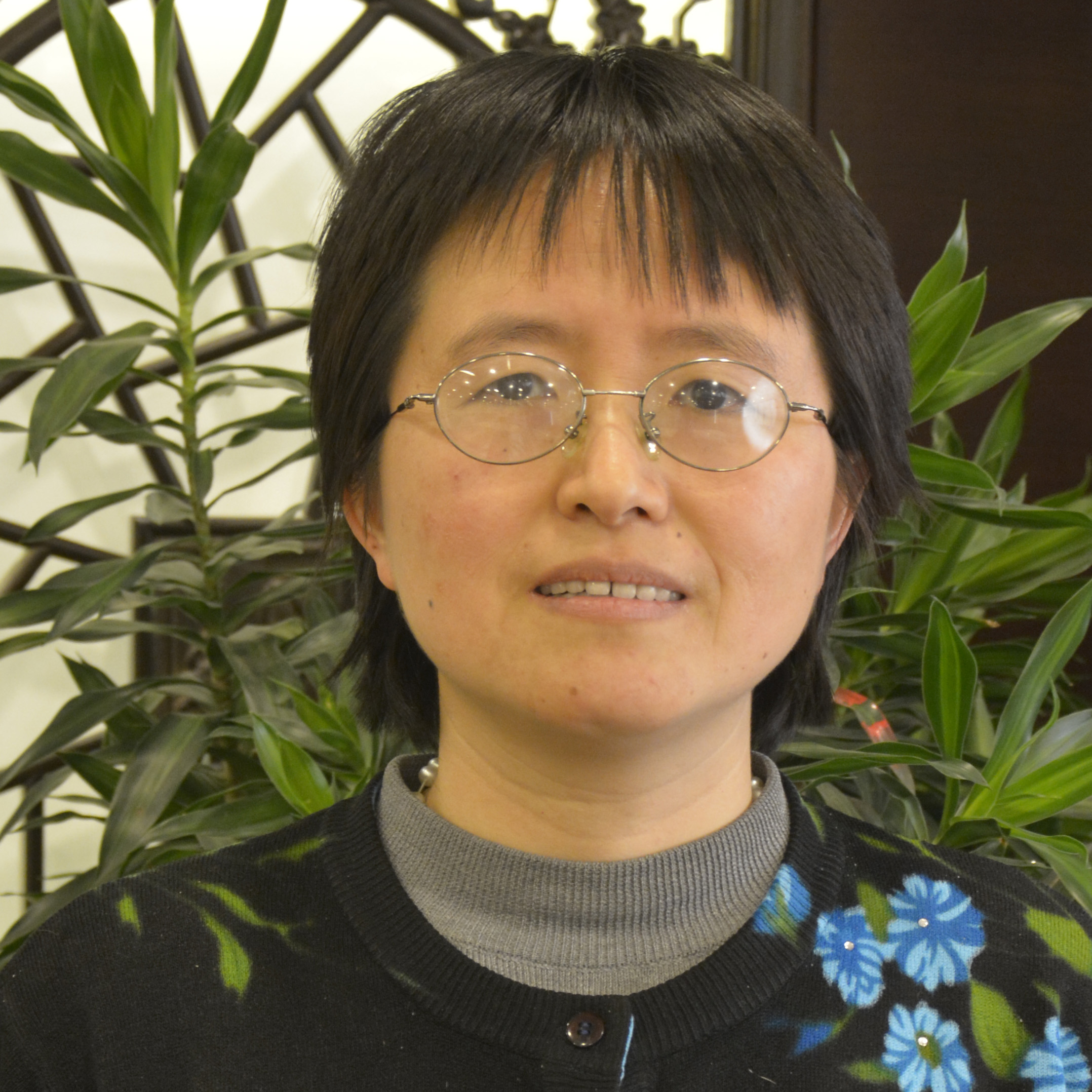

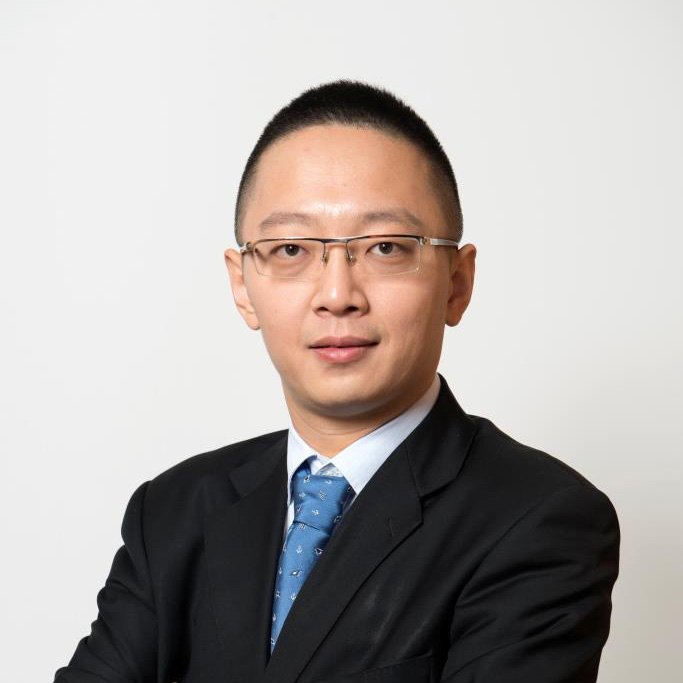

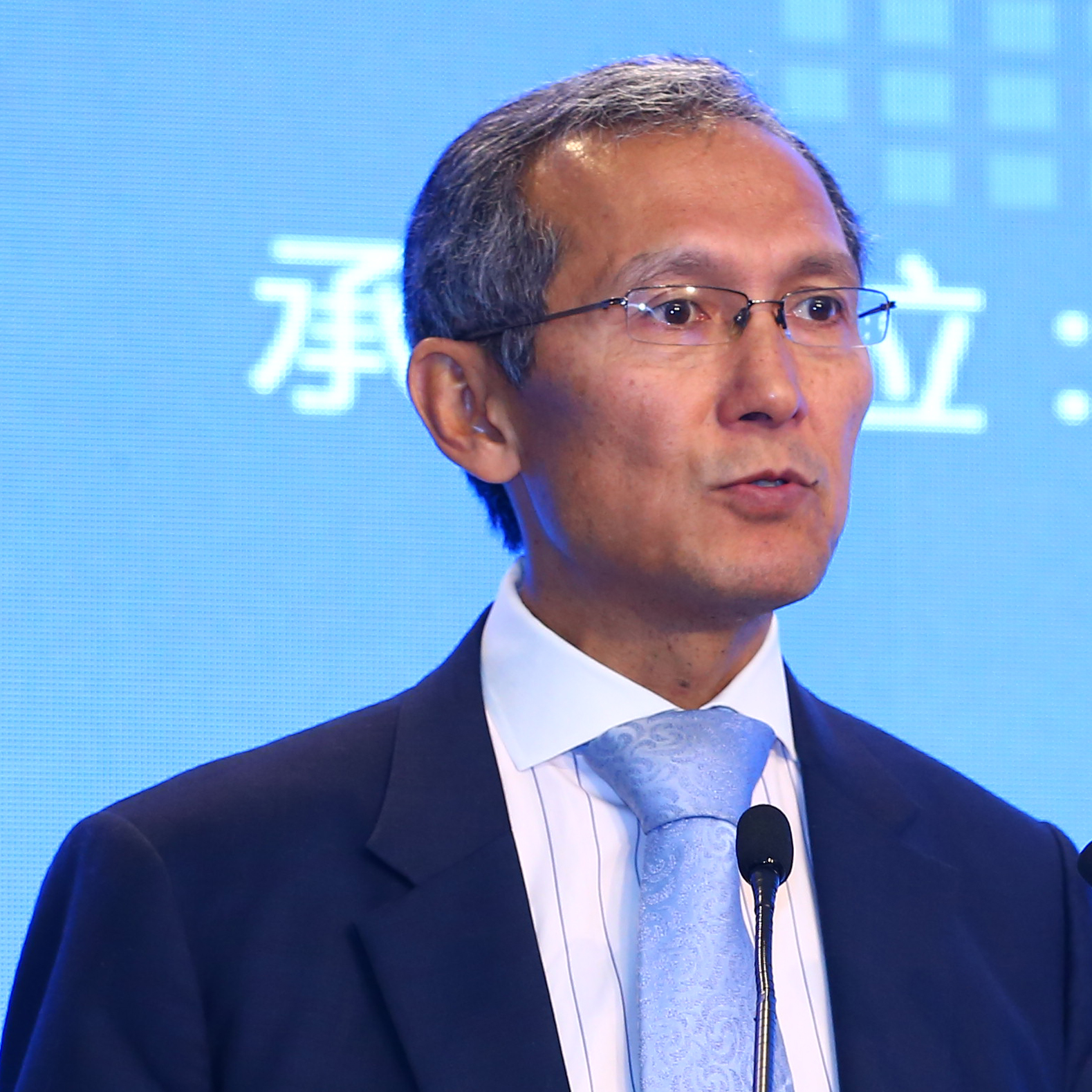


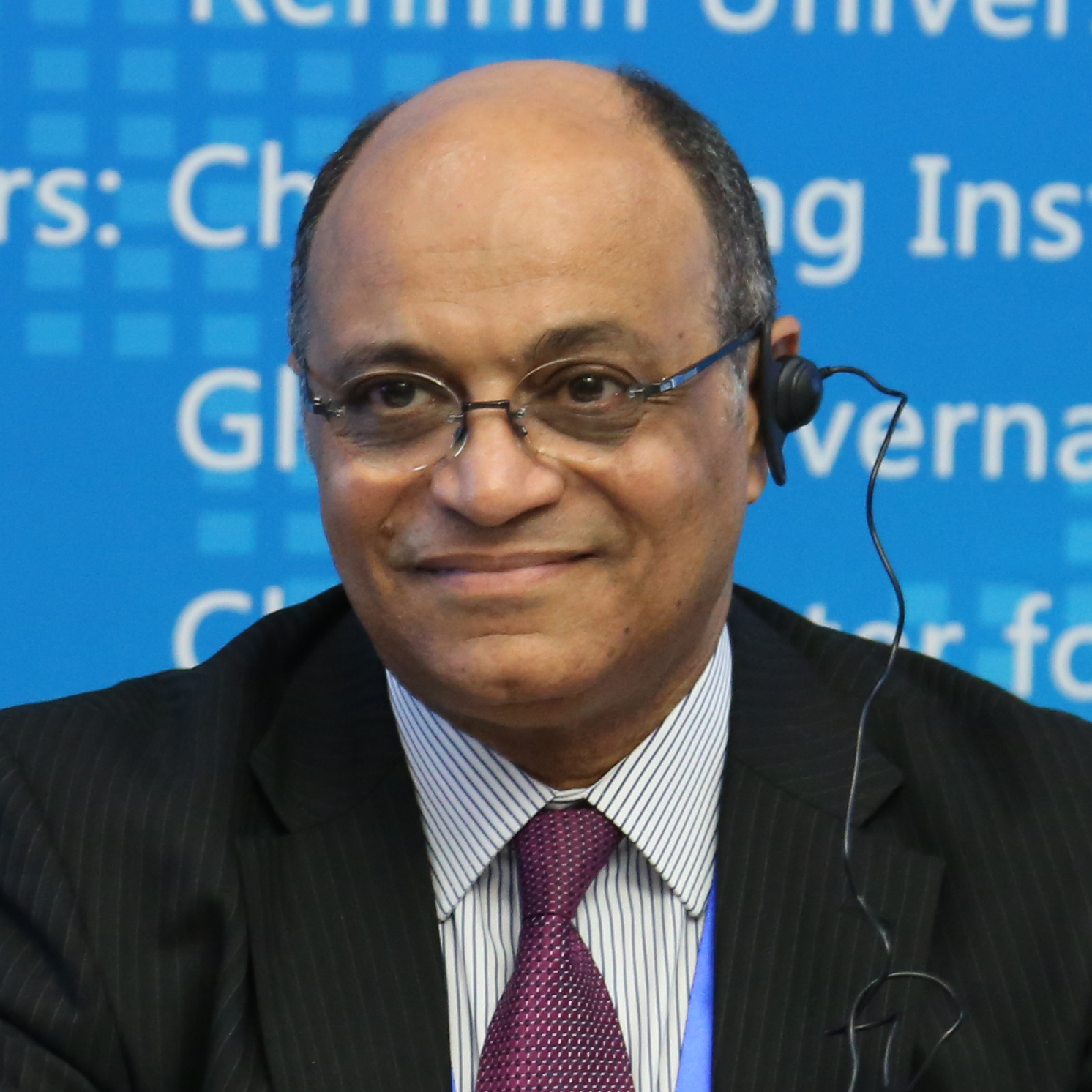







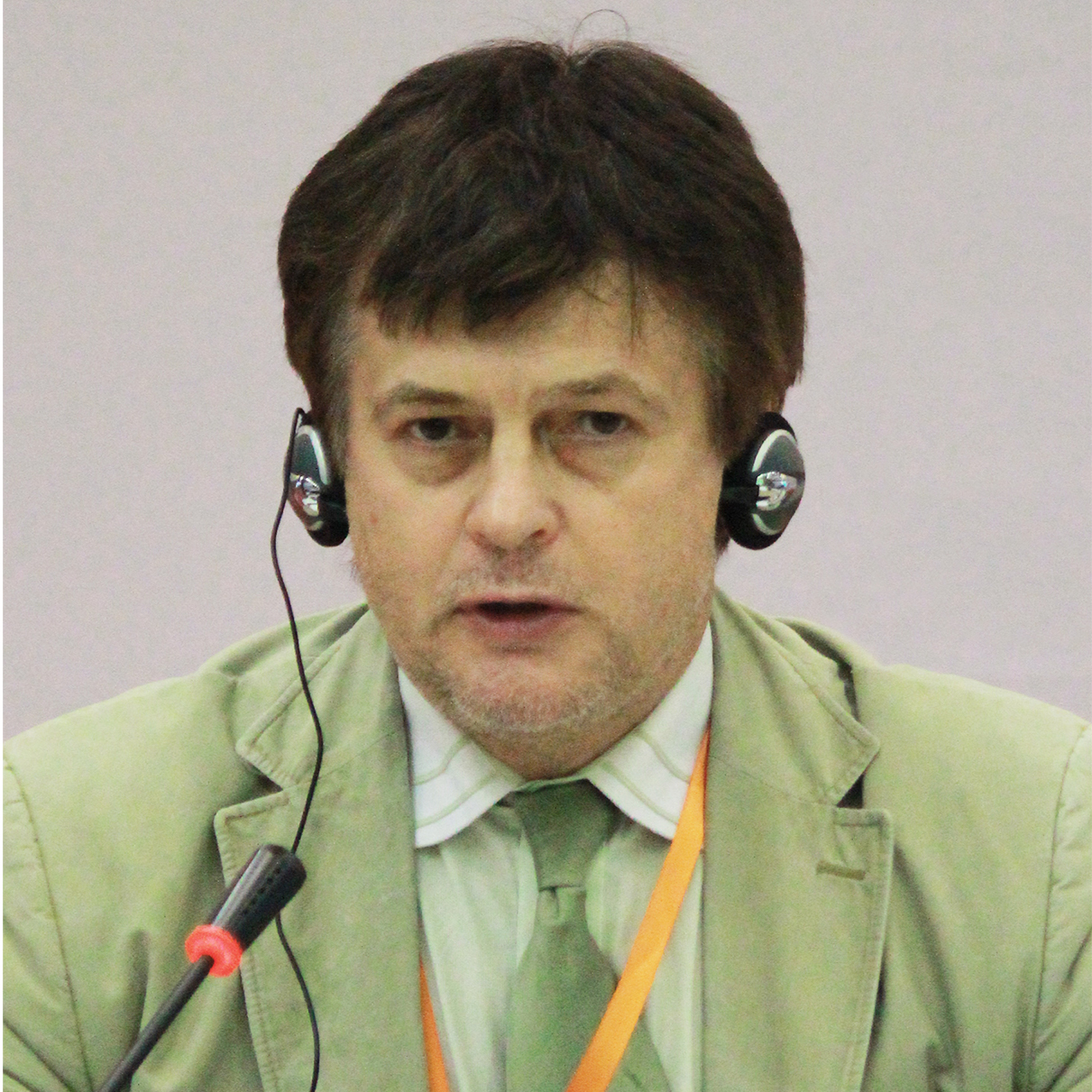

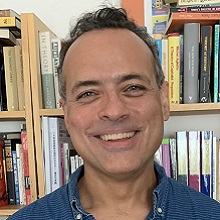
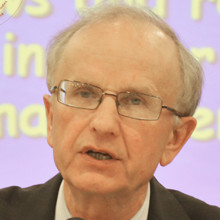

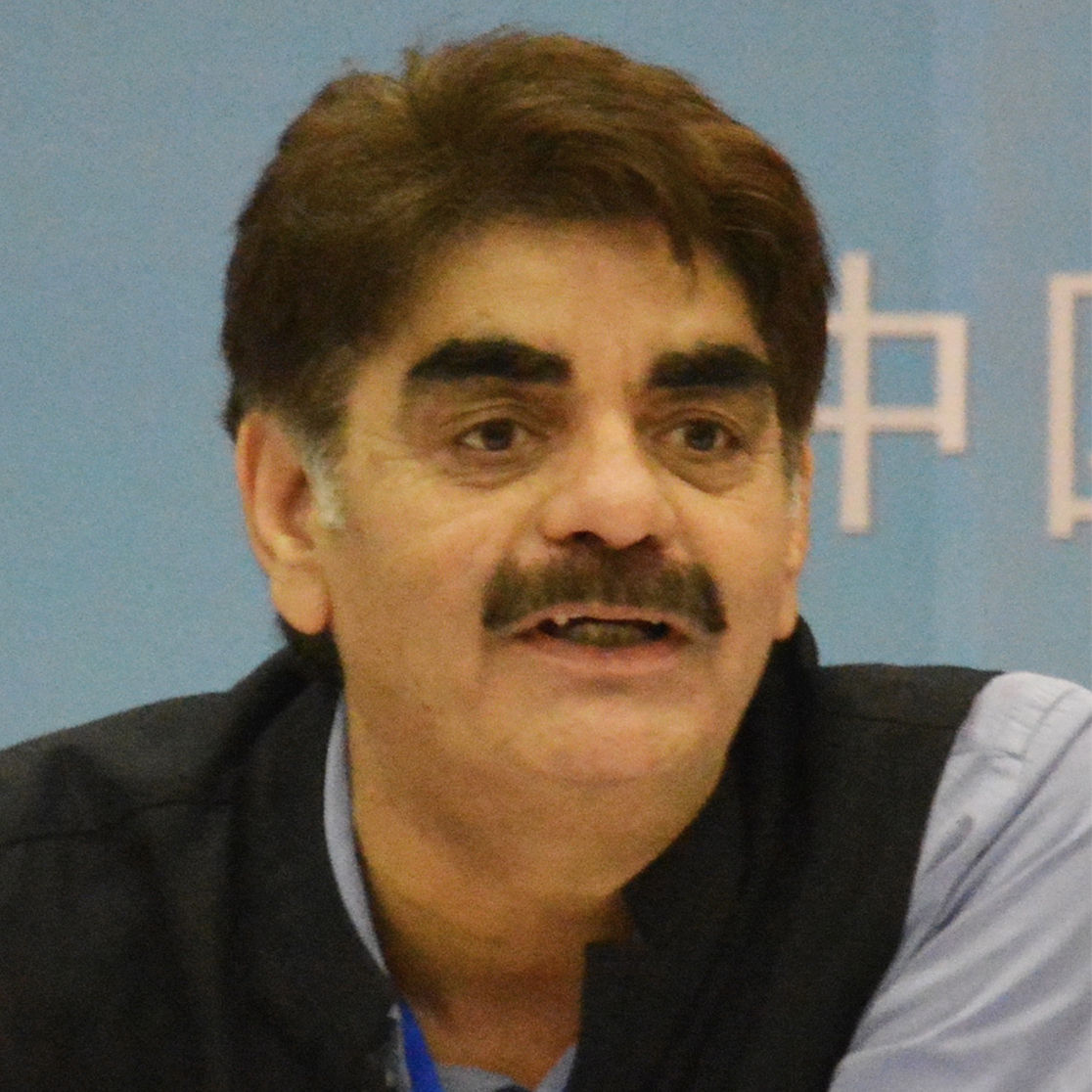

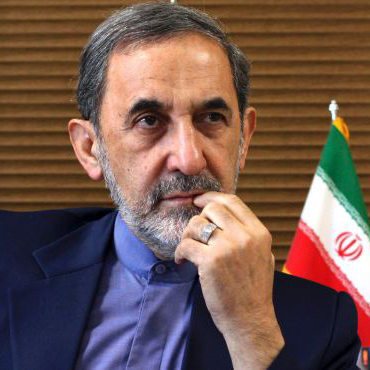


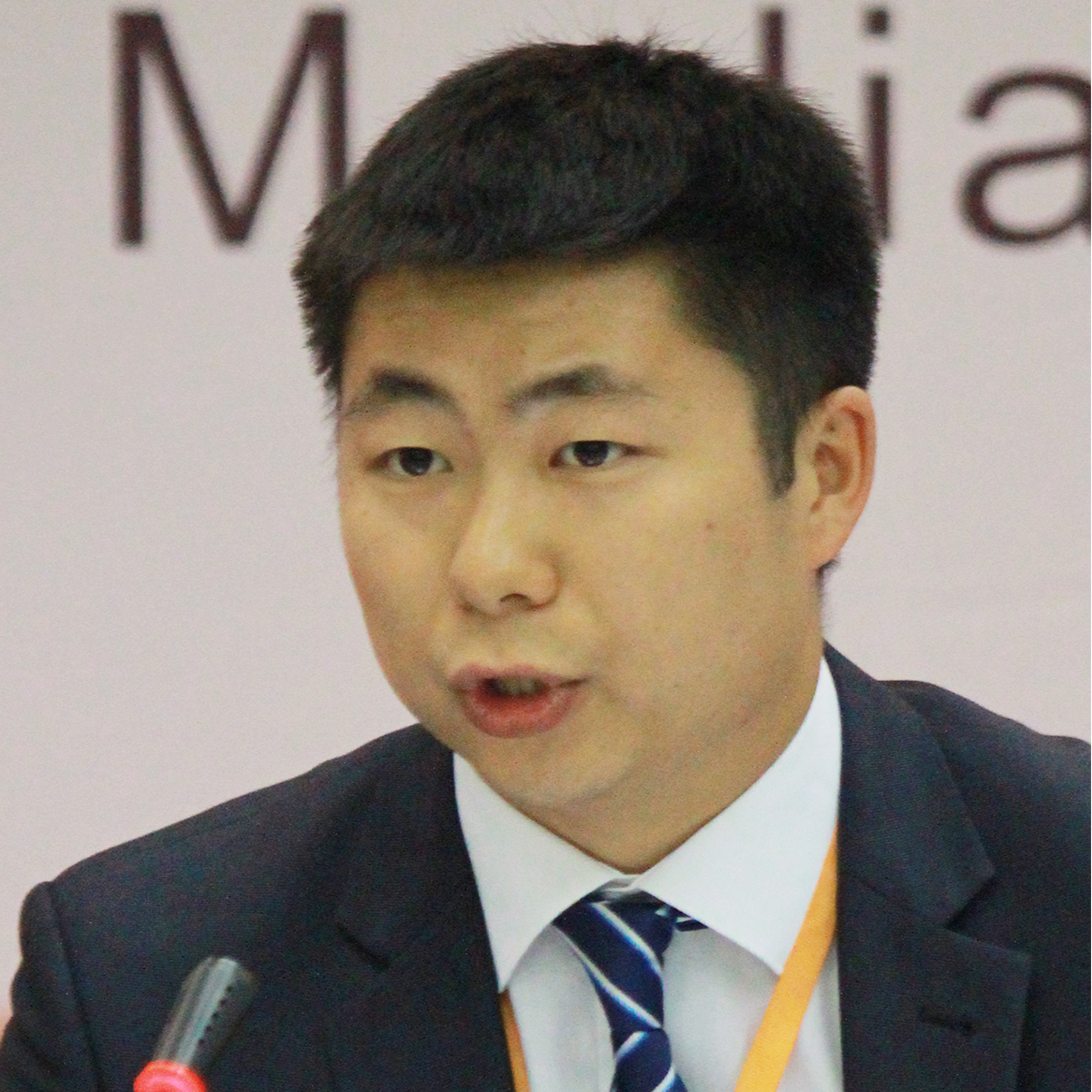

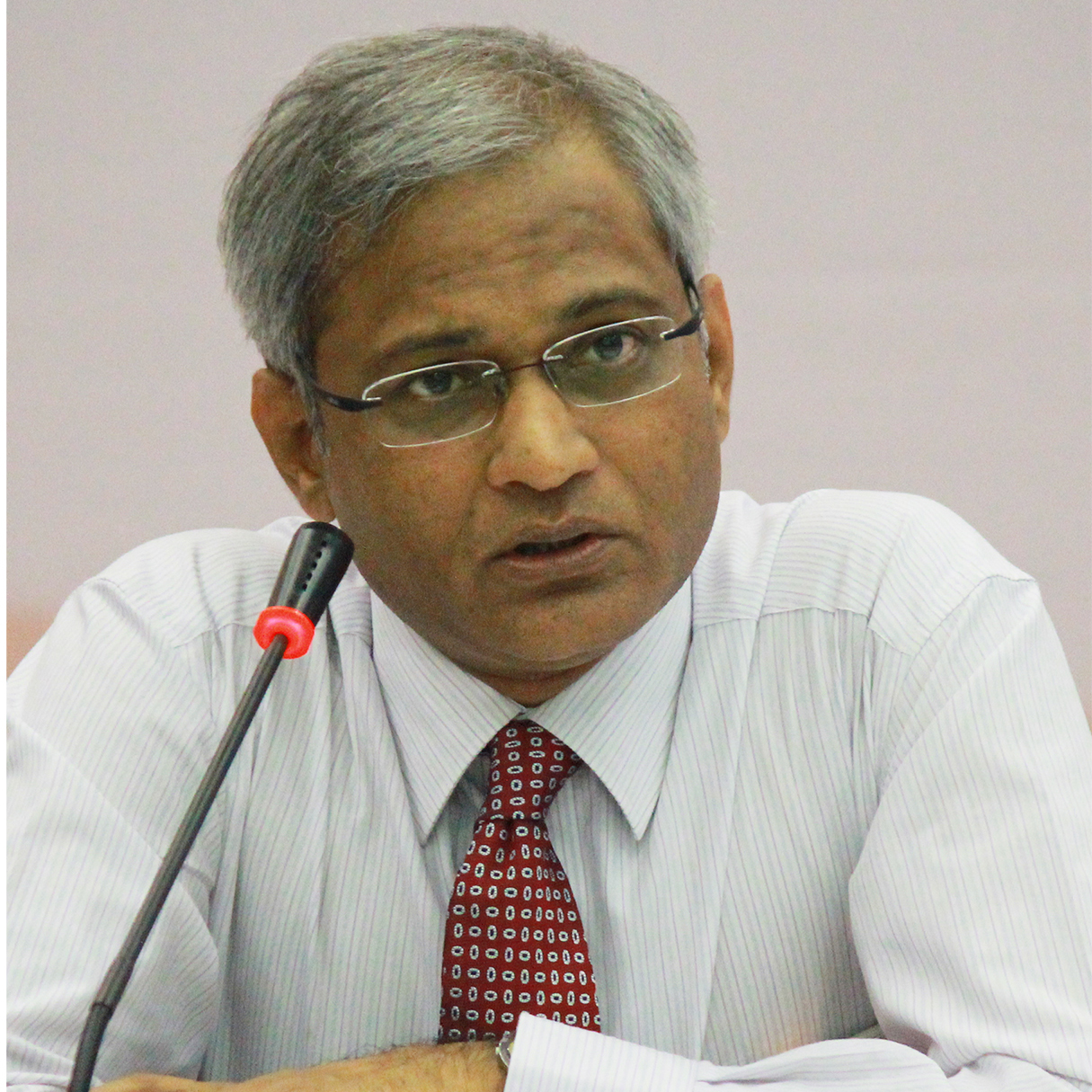
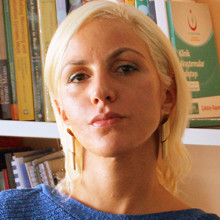




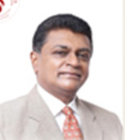


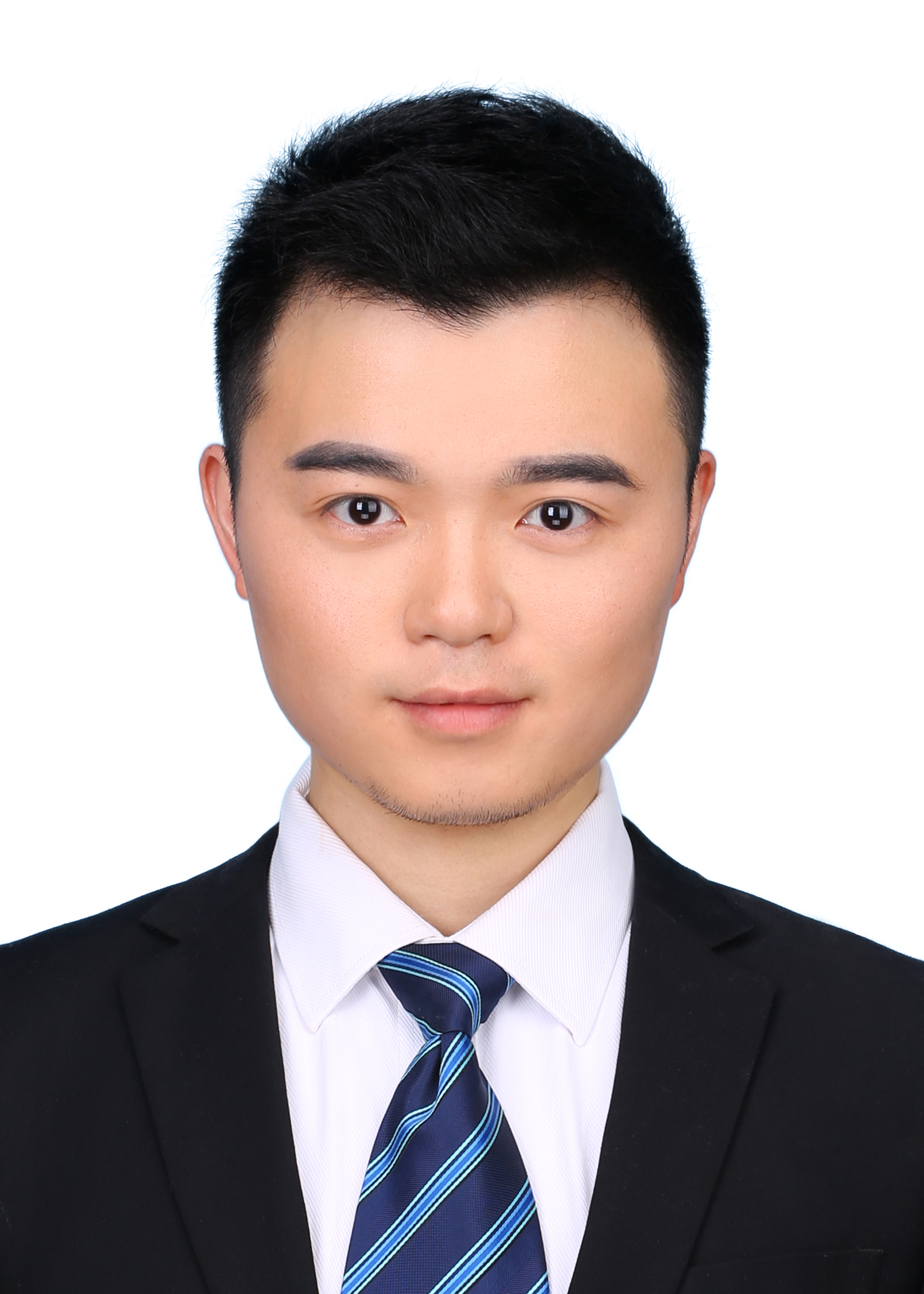

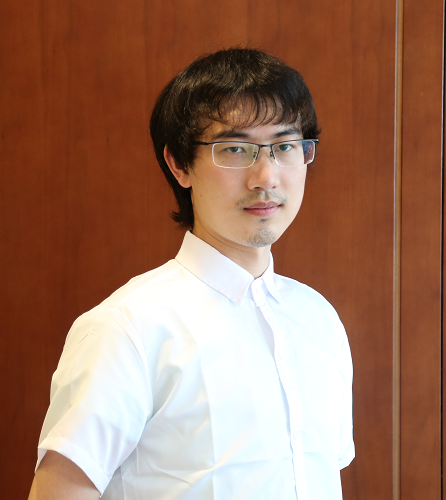
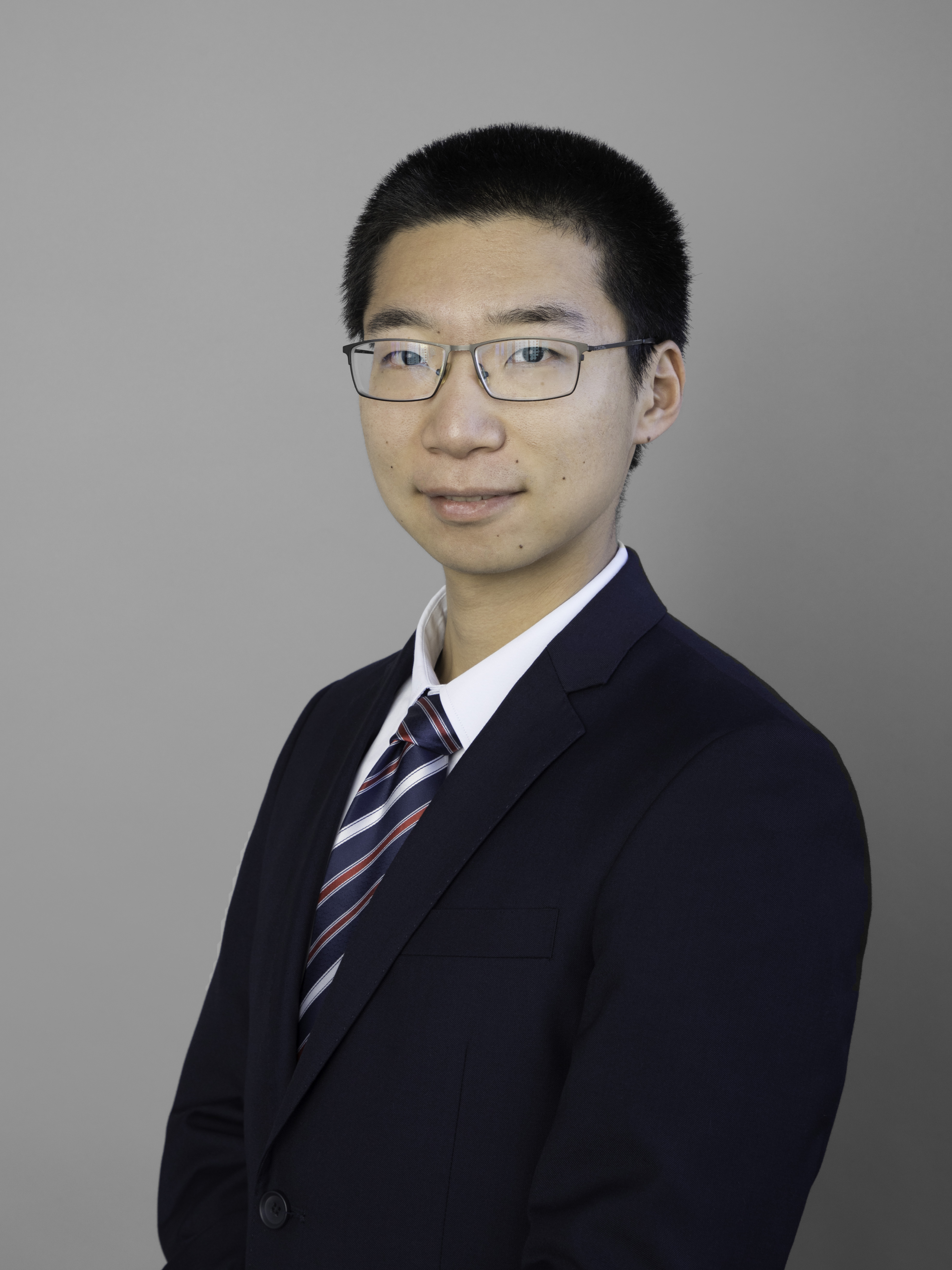

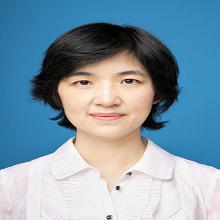
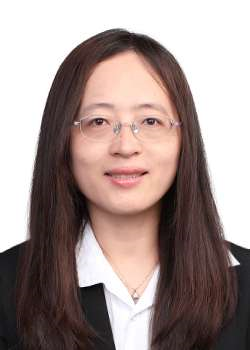

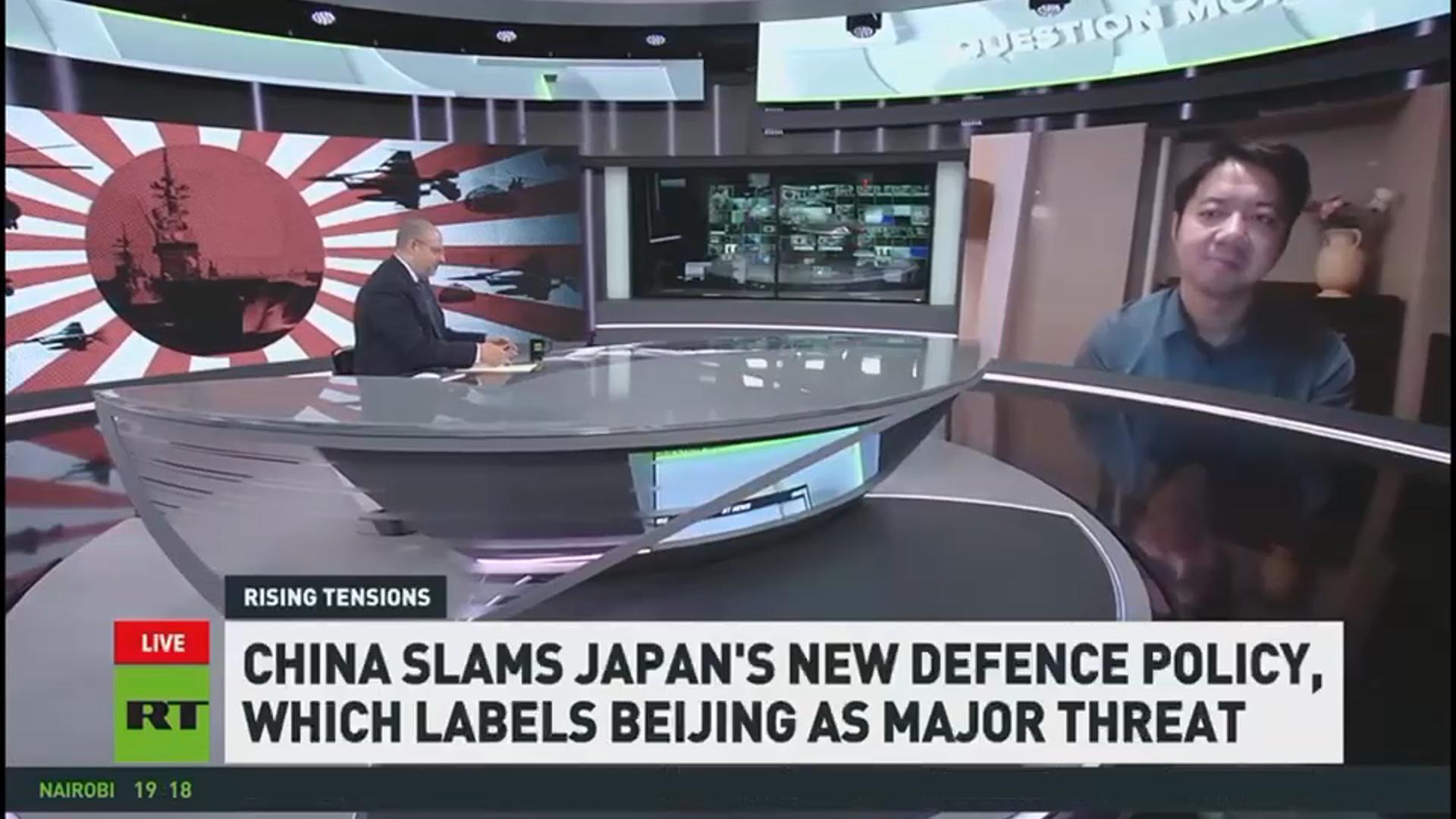
 京公网安备 11010802037854号
京公网安备 11010802037854号





